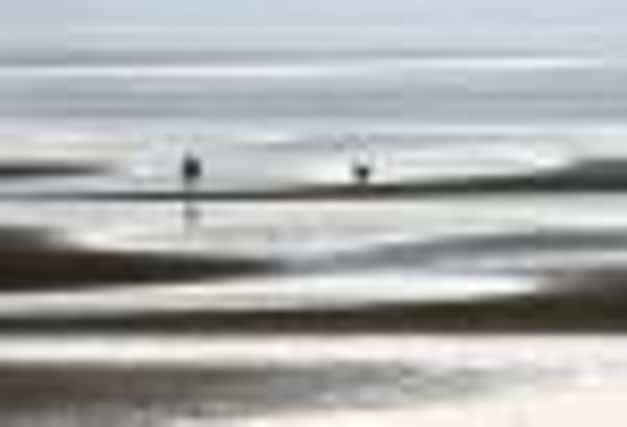Marine life makes a comeback in Forth


The Forth estuary was a natural larder until more than a century of pollution ended its role in feeding the surrounding population.
Now scientists are reporting that the east coast estuary is mounting a “sustained recovery” that is restoring its waters to full health.
Advertisement
Hide AdAdvertisement
Hide AdA ten-year survey of estuary bed sediments has found that species such as lugworm and cockles are returning in ever-increasing numbers following major decreases in the amount of pollutants entering the river system.
Levels of contaminants from industrial discharges such as mercury, lead and copper have fallen consistently over the decade, the survey says, while the amount of organic pollutants which reduce the oxygen content of the water has also gone down.
Judy Dobson, the marine chemistry unit manager for the Scottish Environmental Protection Agency (Sepa), which carried out the survey, said: “The overall message is that the health of the estuary is getting better.
“It may never be pristine again because the Forth is a working river, but our survey shows that the situation is very much heading in the right direction.”
Sepa scientists took sediment samples every two work years between 2001 and 2011 and analysed them for traces of a wide range of pollutants. The natural life in the sediments had been in decline for many years because of discharges from companies, dockyards and power stations on both sides of the estuary, particularly in the Grangemouth area with its huge petro-chemical complex.
“There is clear evidence that historical impacts from contaminants discharged to the estuary are gradually diminishing and that biodiversity is increasing throughout the study area,” the Sepa report says.
“Where changes have occurred they have clearly confirmed the trend for a steady recovery from historical contamination.”
Dobson said: “We are now seeing bigger and more long-living animals moving back in, such as lugworm and cockles. It is an indication that the sediments are recovering.”
Advertisement
Hide AdAdvertisement
Hide AdDobson believes the water quality is now reaching the level that shellfish colonies will begin to thrive again and be fit for human consumption. “It might happen,” she said. “There used to be mussel beds all around the Forth. The ones that remain are probably fit for human consumption but people are still reluctant to eat them because of things like sewage discharges.”
Chris Cutts, manager of the Forth Estuary Forum, said: “It is highly gratifying that this report shows a sustained recovery of the fauna of the Forth estuary is taking place after years of disturbance and pollution.
“These results show that with appropriate management, legislation and dialogue, industry and natural heritage interests can sustainably develop and co-exist.
“Historically, it was very important as a mussel and oyster fishery, even exporting oyster broodstock all over Scotland. With these demonstrated improvements in sediment quality, it is not inconceivable that in the future a sustainable shellfishery may once again be developed.”